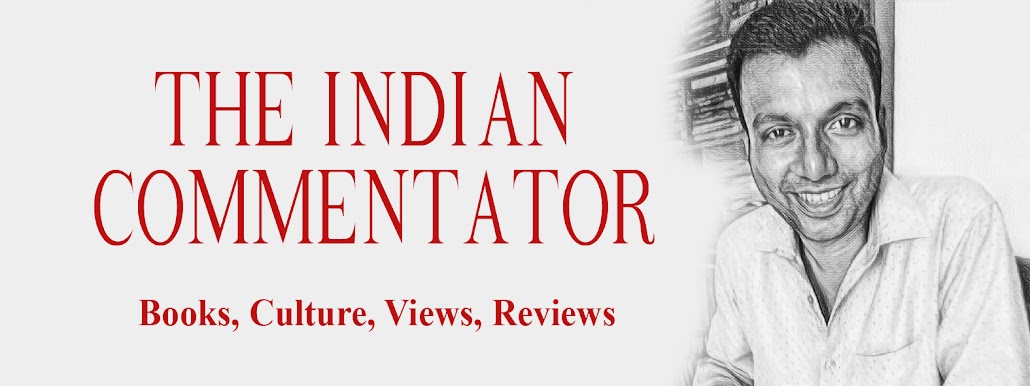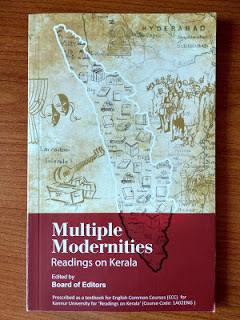Essay Questions
How does Sahodaran Ayyappan’s
poem “Curing Caste” criticize casteism? &
Sahodaran Ayyappan uses images
and symbols borrowed from Ayurveda in the poem “Curing Caste”. Discuss.
Sahodaran
Ayyappan is a social reformer, revolutionary, poet, rationalist, administrator,
and legislator. His contributions in ushering progressive thought in the Kerala
polity are significant. In his poem “Curing Caste”, Ayyappan uses a medicinal
simile to articulate his anti-caste views. Caste is a form of discrimination
that had its claws sunk deep into the society of Kerala until the mid-twentieth
century. Sahodaran Ayyappan was involved in public discourses where he
vociferously voiced the rights of the marginalized and questioned their
subjugation by the elite upper class.
Ayyappan founded the Sahodara Sangham (Brotherhood Association) to facilitate the
young members of lower caste communities to participate in movements initiating
social change. He also spearheaded the Misra Bhojanam movement
that can be translated as inter-dining of upper castes and lower castes. He
started a journal titled Sahodaran to promote renaissance in Kerala. He also
coined the slogan Jati Venda,
Matam Venda, Deivam Venda Manushyanu (No
caste, No religion, No God for Mankind) with its notable similarity with Sri
Naraya Guru’s slogan One Caste, One Religion, One God for mankind. In 1928,
Sahodaran Ayyappan was elected into the Kochi Assembly. He also became a
minister in Thirukochi State after the unification of Travancore and Kochi.
In “Curing Caste”, Sahodaran Ayyappan discusses the caste
disease suggesting many remedies. He also shares a healthy future for mankind
after getting rid of the caste disease. Two types of cures are proposed by
Ayyappan. One cure is applied from the inside and the other is from the
outside. The cure from the inside is bound to create better results than the
cure from the outside. It is similar to applying external ointments that have
an only transitory effect. Caste remains in the internal system of the human
mind and causes further damage.
Hate, gossip and nationalist rhetoric are symptoms of
inwardly enshrined caste order. Those who nurture caste in their minds have a
big chance of becoming powerful politicians who persuade people to join them
through their hate speech. Trying to heal the caste disease without proper
treatment is like trying to cool off without extinguishing the fire. The only
solution to eradicate caste from the inside and the outside is to exterminate
faith in caste. Those who have faith in caste glorify caste by equating caste
with truth, morality and divinity. For them, breaking caste is forbidden and
living casteless in a society is a cause of shame. Proper medication and
precautions must be taken against these harmful discourses by the doctor of
society, the social reformers.
Ayyappan tells us that when change occurs in dogmas and
conventions of caste, human beings can appreciate each other fully. Only those
who are completely cured of the caste disease can observe the defects and
qualities of a person. Without getting rid of caste, according to Ayyappan, no
result shall be obtained by mere education or skill development. By using
symbols and imagery from Ayurveda, Sahodaran Ayyappan infuses a certain secular
characteristic to his discourse against the caste system. His perspective
advocates objectivity in systematically challenging caste-based order in Kerala
society.
REF: Multiple Modernities, edited by Board of Editors, Kannur University, Cohin: Hornbill Publishing House, 2019. Print.
See Paragraph questions here


